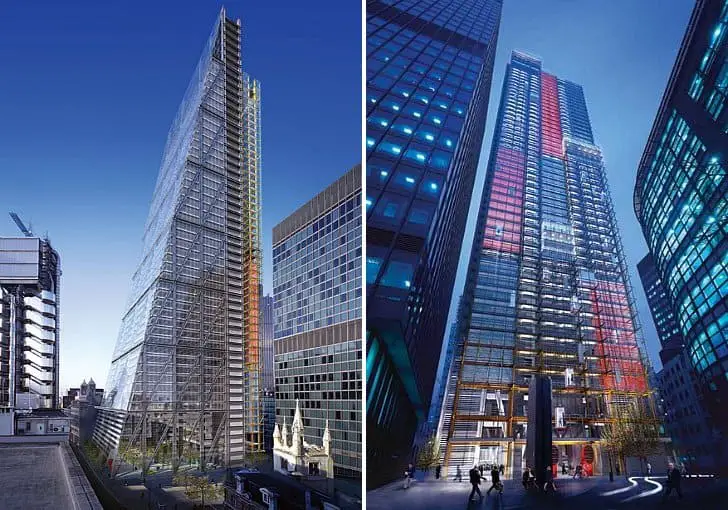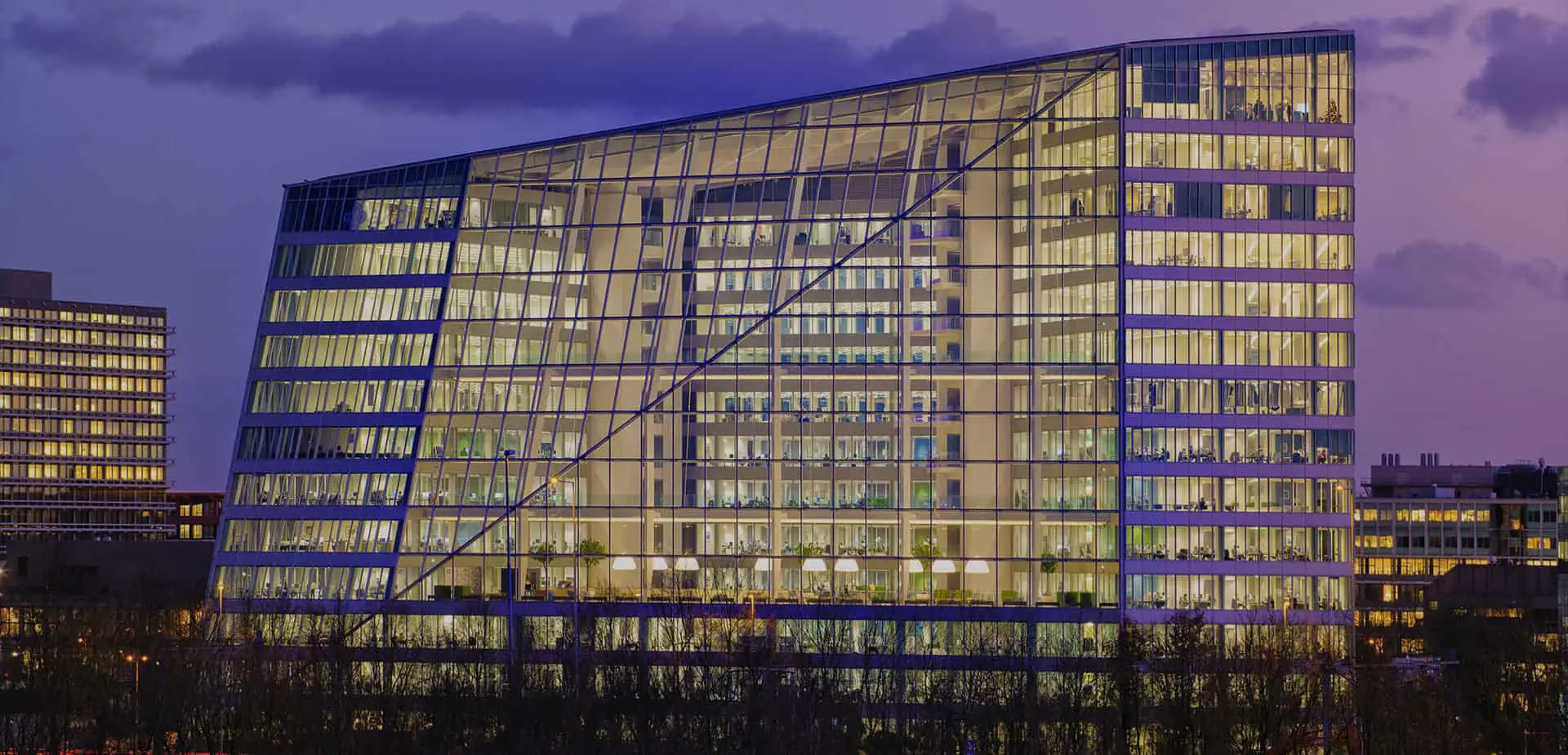If you’re like me, the first thing you think of when hearing the term “smart building” is the Disney Channel Original Movie from the late 90s called Smart House. While the concept of the smart house in the film is a bit extreme, the concept is the same. The building (or house, in the movie’s case) is developed to make things more simple for the people in it.
What is a smart building? A smart building is an automated system that controls air conditioning and heat, the lights, security cameras, and other features. Think Alexa or Google Home on a bigger scale.
The benefits of a smart building are more than just making life easier. In fact, a smart building saves money by decreasing consumption, boosting the level of efficiency, and making maintenance needs known ahead of time. Knowing exactly how these benefits occur can convince most with doubts about the advantages to the technology age and smart buildings in particular.
Benefits of a Smart Building

When considering incorporating a smart building into your business, a lot of hesitations can make themselves known. You might think of the cost or the time it will take to switch everything over to this new concept or to even build something completely new. These hesitations are common, but in reality, the benefits of a smart building far outweigh any possible disadvantage. Sure, when technology breaks down things can get complicated; when technology is used to the best of its ability, the complete opposite occurs. (We have written a related article – Smart Buildings & 12 Awe-Inspiring Marvels)
1. Decrease Energy Consumption
Think about how often you adjust the thermostat. Do you leave it on an automatic setting – heat if the temperature drops below 68 or cool if it rises above 71? Do you change the settings when you leave the building at the end of the workday? Consider the savings that you would experience if you were to adjust the temperatures prior to leaving in the evenings. There is no need to heat or cool a building to comfortable temperatures when no one is inside.
If you think about the savings that can come from altered heating and cooling settings, you can add to it by automatically turning off lights at a certain time or when no one is in the building. This means that the few employees that have a bad habit of leaving their office light on no longer have to worry about adding to the electric bill.
The decrease in energy consumption that smart buildings experience makes a huge dent in the initial investment required for the technology, the company’s savings, and the positive effect made on the planet. By investing in a smart building, one can pay off the investment with the savings acquired. Depending on the size of the building, the initial investment for adding “smart” to a building ranges from $5k to $50k . On average, an office building saves an estimated 18% in energy
. On average, an office building saves an estimated 18% in energy by using motion sensors, smart thermostats, automatic lights, and technologically advanced a/c.
by using motion sensors, smart thermostats, automatic lights, and technologically advanced a/c.
2. Boosted Efficiency
While the above-mentioned aspects of decreasing energy usage in the office cover a lot of efficiencies, there is also another layer to it. All of the small tasks that once had to be done by a person can now be left in the so-called hands of the building. While this is especially efficient in larger buildings, many can appreciate the time saved when an employee does not have to go around making those adjustments.
For example, in a large office, it may be customary for the first person in each morning to go around and turn on all of the lights in the common areas. Depending on the actual size of the office, this can take several minutes out of the employee’s morning. He or she might have to check the thermostat, change the settings for security on electronic doors, or even manually unlock exterior doors so that others may enter.
While it may not seem like much in the grand scheme of things, if you were to add up the time it takes, it is obvious how many other tasks could have gotten completed during that time. The added efficiency to the building makes workers’ workday more productive. They will be able to produce more in the time that was once spent turning on the office lights.
3. Maintenance Predictions
Whether maintenance is forgotten about until something goes wrong or it is not made a priority, having a smart building combats this issue. Not only does a smart building remind maintenance to check things out, but it has the ability to tell when something is not quite right.
Imagine a quality virus scanner on your computer. It regularly scans for issues and informs you of those that you didn’t even know about yet. A smart building will do the same things for maintaining HVAC, lighting, security, and more. That ability to predict issues and concerns can prevent major expenses in fixing problems, as one problem tends to cause another.
Realistic Expectations of a Smart Building

It’s true: smart buildings are paving the way of the future. However, there are some misconceptions that many people seem to have about the technology. While Smart House may have taught us to expect any wall to turn into a television screen, the immediate appearance of any food we want, or floors that absorb trash, we know to be a bit more practical than that. Having said that, there are some things to expect.
The ability of cost savings has been discussed in the above paragraphs. That is definitely realistic. What many do not seem to understand is that investing in a smart building is actually incredibly affordable. While it may cost several thousand dollars, most companies offering smart building technology use the savings as payment. For instance, if a company were to have smart technologies set up in their building and 18% was saved from previous months, the money saved would be used to pay off that investment.
Others might feel that while a smart building would be a good investment, operating it would be too complicated. In truth, there is no need to hire a team of people to handle the smart building aspect of the business. With today’s technology, smart buildings are simple, user-friendly interactions that nearly anyone can monitor.
Without many excuses to avoid smart buildings, it is expected that 10 billion smart devices will be running buildings across the world by next year. Smart buildings are the future. With the many benefits companies (and residences) will see with the incorporation of technology into simple daily tasks, such as turning on the lights, it is clear as to why.
will be running buildings across the world by next year. Smart buildings are the future. With the many benefits companies (and residences) will see with the incorporation of technology into simple daily tasks, such as turning on the lights, it is clear as to why.
Related Questions
Do smart buildings pose a threat to security? Cybersecurity is a priority in the majority of companies these days. While smart buildings can be hacked, it is important to take the necessary precautions to prevent it.
Will smart buildings take jobs from people? It seems to be a common fear that AIs will take jobs from people. In this case, it is that the HVAC guy is no longer needed or the security guard is not necessary. In truth, these jobs are still very much needed, as the regular maintenance is required on the HVAC and cameras might need monitoring.

